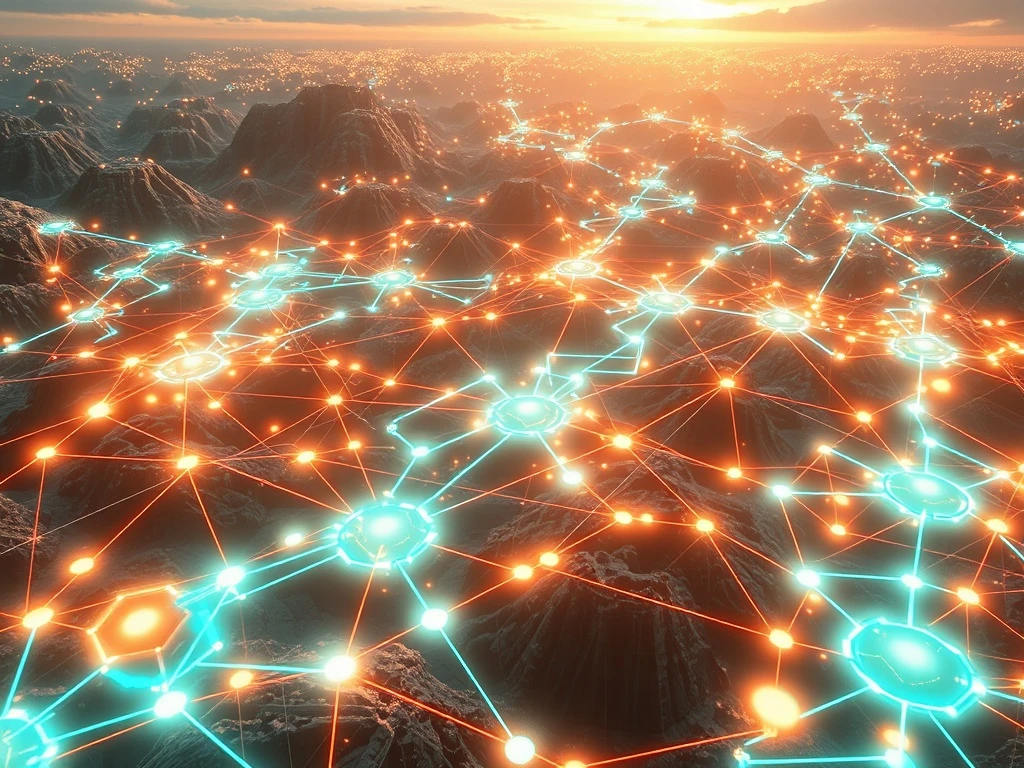Revolutionary Planck Launches Layer-0 Blockchain to Decentralize AI Networks

In a groundbreaking move, Planck has unveiled its Layer-0 blockchain, designed to revolutionize decentralized AI networks. This innovative infrastructure aims to challenge the dominance of tech giants in AI computing by offering a decentralized, cost-efficient alternative. But what does this mean for the future of AI and blockchain?
What is Planck’s Layer-0 Blockchain?
Planck’s Layer-0 blockchain serves as the foundational layer for decentralized AI networks. Unlike traditional blockchains, Layer-0 protocols focus on interoperability and scalability, making them ideal for AI applications. Key features include:
- Support for decentralized physical infrastructure networks (DePINs)
- Integration of hardware, token incentives, and distributed processing
- Proof-of-connectivity and proof-of-delivery mechanisms
How Does Decentralized AI Infrastructure Work?
Decentralized AI networks leverage blockchain technology to distribute computing power across a network of contributors. Planck’s model incentivizes GPU operators with native tokens based on:
| Metric | Reward Mechanism |
|---|---|
| Machine uptime | Proof-of-connectivity |
| Actual usage | Proof-of-delivery |
Why is GPU-as-a-Service Growing?
The AI chip shortage has accelerated demand for GPU-as-a-service solutions. Planck claims its on-demand rental model can reduce costs by up to 90% compared to traditional cloud services. The market is projected to grow from $4 billion in 2024 to $32 billion by 2034.
Competitive Landscape in Decentralized AI
Planck joins other projects like Bittensor and Fetch.ai in building decentralized AI infrastructure. However, its Layer-0 approach and revenue model set it apart. The protocol generates income through:
- Transaction fees
- SDK usage
- Developer tooling
The Future of AI and Blockchain Integration
As AI continues to evolve, decentralized infrastructure offers compelling advantages in accessibility, cost efficiency, and distributed computing power. Planck’s launch signals a significant step toward democratizing AI development.
Frequently Asked Questions
What is a Layer-0 blockchain?
A Layer-0 blockchain is the foundational protocol layer that enables interoperability between different blockchains and applications.
How does Planck’s model differ from traditional cloud services?
Planck uses a decentralized network of GPU operators, reducing costs and increasing accessibility compared to centralized cloud providers.
What are the benefits of decentralized AI networks?
Decentralized AI networks offer reduced costs, increased accessibility, and resistance to single points of failure.
How can GPU operators participate in Planck’s network?
Operators can contribute computing resources and earn rewards based on machine uptime and actual usage.







